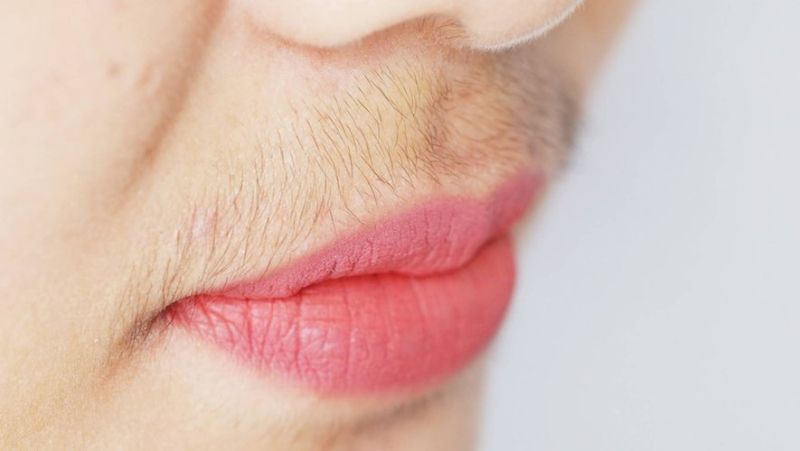What is hirsutism, this excessive hair growth that affects some women ?

What is hirsutism, this excessive hair growth that affects some women ?
While the film Rosalie, inspired by the life of Clémentine Delait, a famous bearded woman from the beginning of the 20th century, is currently in theaters, let's take a look at hirsutism, hyperpilosity which would affect – to varying degrees – between 5 and 10% of women of childbearing age.
Legs, armpits, arms… having more or less hair is completely natural. But when in women, this hair becomes abundant and affects typically male parts of the body, such as the cheeks, chest or stomach, we then speak of hirsutism.
The causes of this hirsutism are varied:
From mother to daughter. Excess hair growth is often idiopathic (without an identified cause) and of familial origin; Polycystic ovary syndrome. It is a hormonal disorder characterized in particular by an excess of androgens, i.e. male hormones. Medications. Certain medications, such as danazol (which can be used in the treatment of endometriosis) or other anabolic steroids can also be the cause.
Process the origin
Because this excess hair can have a strong psychological impact, a consultation with the treating physician, a dermatologist, a gynecologist or an endocrinologist is strongly recommended. In fact, waxing or shaving will not help treat the cause of hirsutism.
Above all, a test called the score of Ferriman and Gallwey makes it possible to assess the severity of hyperpilosity according to the parts from the body. Then, depending on the origin of the disorder, treatment can be put in place.
In the event of hormonal imbalance, estrogen-progestin hormonal contraception may be prescribed. If a medication is involved, the doctor will consider stopping or replacing it. In the event of polycystic ovary syndrome, and especially if the patient is overweight, an improvement in lifestyle is essential to promote well-being. A loss of approximately 10% of initial weight helps reduce hyperandrogenism (excess of male sex hormones) and its symptoms.




